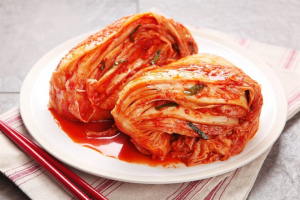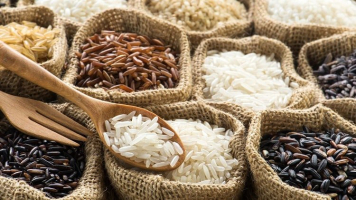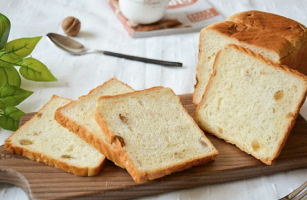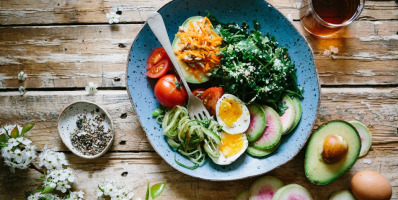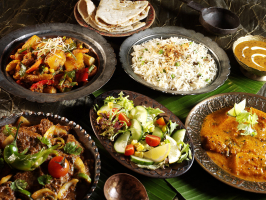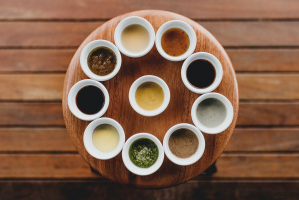Top 10 Most Common Ingredients of Indian Cuisine
You like Indian food and long for a deep understanding of its ingredients. Renowned Indian ingredients not only have high nutritional value, but they also ... read more...arouse the senses with their alluring scent and enticing flavor. Here is some basic information regarding the most common ingredients of Indian cuisine that you might be interested in.
-
Rice varieties farmed and consumed in India include basmati, jasmine, sona masuri, ponni, matta, and others. Rice varieties differ in terms of grain size, shape, color, aroma, texture, and flavor. Some prices are more suited to specific meals than others.
Basmati rice, for example, is long-grained and fragrant and is frequently used in biryanis and pulao. Jasmine rice has a softer texture and a floral scent than basmati rice. Sona masuri rice has a short grain and is fluffy, making it perfect for plain rice or dosa batter. Ponni rice is short-grained as well, but it has a somewhat yellow tint and a nutty flavor. Matta rice is a red or brown rice. In Indian cuisine, rice is used in a variety of recipes ranging from simple to sophisticated, savory to sweet. Biryani, Pulao, Khichdi, and Dosa are among the most popular foods.
Each rice variety, cooking method, and dish has its own distinct flavor, texture, and aroma, making it distinct and delicious. You may enjoy the diversity and complexity of Indian food even more if you learn more about rice and how it is used in it.
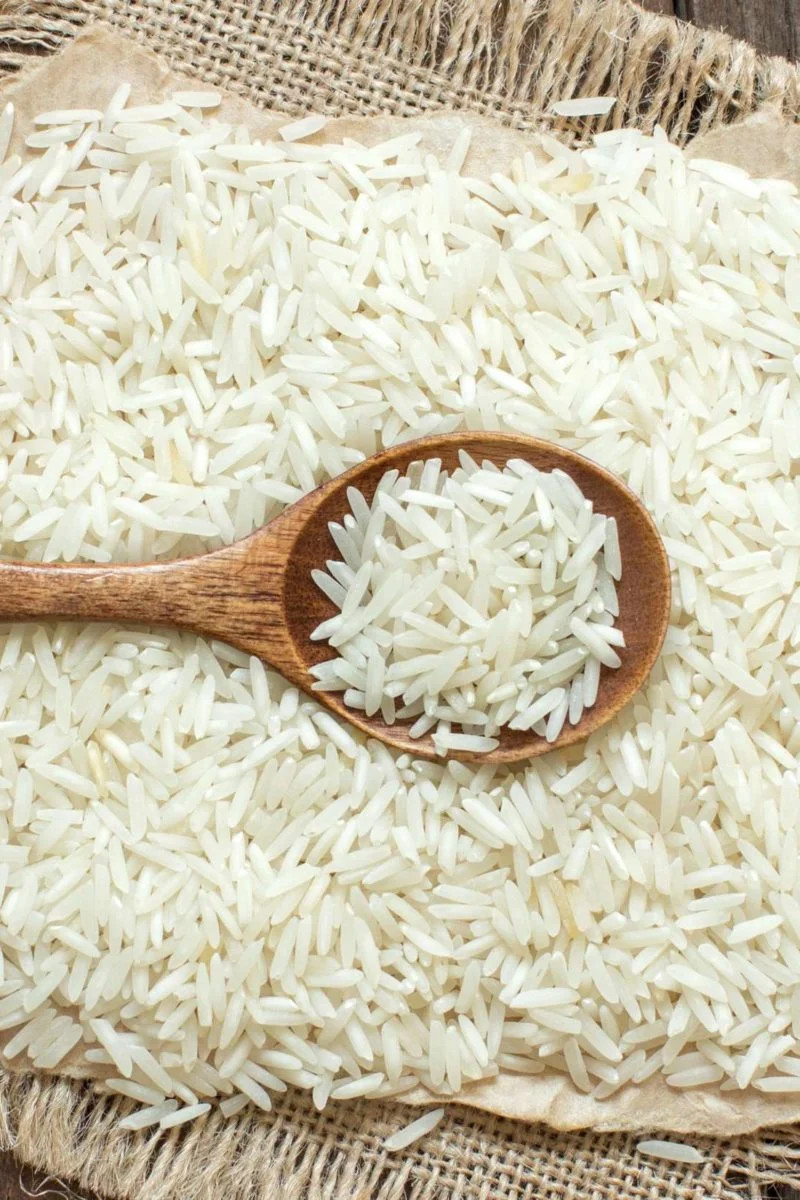
Image via Pinterest 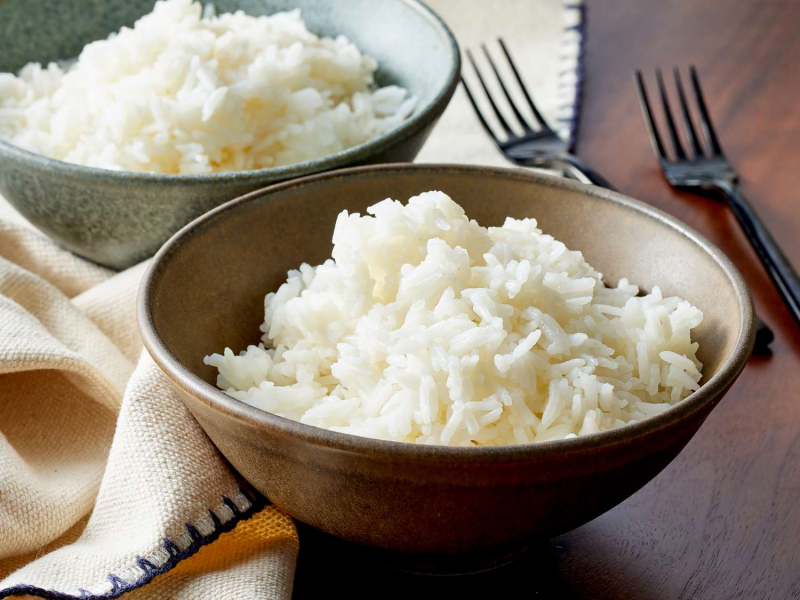
Image via Pinterest -
Lentils are a type of legume that can be cracked open or left whole, displaying a brilliant array of colors such as golden, red, green, chestnut, or ebony. These legumes, known as "dal" in Hindi, are subjected to a variety of culinary treatments that vary according to area and dish composition.
Lentils, which have a mild and nutty flavor, can be flavored with a wide variety of spices and herbs. Their velvety and calming texture can be customized by modifying the amount of water used during the cooking process. Lentils, a mainstay in Indian cuisine, are high in protein, fiber, iron, folate, and other vitamins and minerals. Furthermore, these beans have a low fat and calorie content, which helps to lower cholesterol and blood pressure. Lentils are an excellent resource for vegetarians and vegans, meeting their protein requirements through plant-based sources.
Lentils' popularity extends beyond Indian cuisine, spreading numerous culinary landscapes around the world. Lentils are used to make soups, salads, burgers, pies, patties, and other dishes. Their cooking and storage procedures are simple, ensuring convenient accessibility in local stores or online.
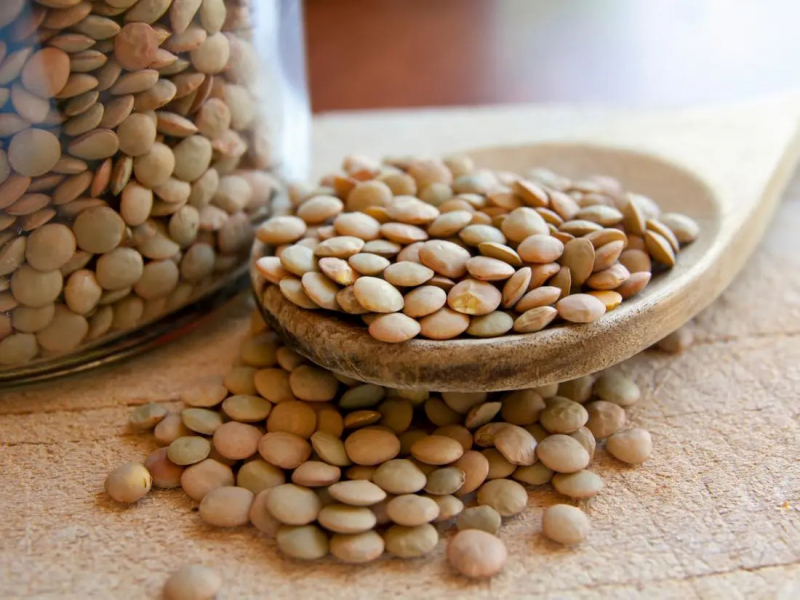
Image via Pinterest 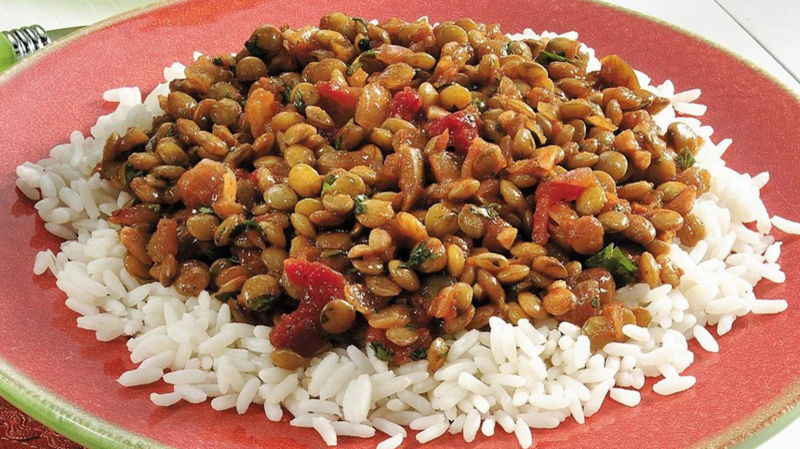
Image via Pinterest -
Chili peppers originated in South America, but they were introduced into India by Portuguese merchants in the 16th century. Since then, these flaming fruits have threaded their way into the very fabric of Indian cuisine, notably in the South and west. Chili peppers come in a plethora of types, each with its own particular shape, color, and level of spiciness. Verdant chili, crimson chili, Kashmiri chili, the bird's eye chili, and the frightening bhut jolokia, sometimes known as the ghost pepper, are among the most sought-after varieties.
Chili peppers add a volcanic kick to Indian cuisine, but they also have a slew of other benefits. They are high in vitamin C and help strengthen the immune system and fight off invading pathogens. Furthermore, its essence contains capsaicin, a substance that stimulates metabolism and reduces inflammation. Notably, capsaicin has analgesic and antibacterial characteristics, which help to relieve pain and prevent infections. Furthermore, chili peppers improve blood circulation and lower blood pressure.
Chili peppers are not only delicious, but they are also versatile and nutritious. They enhance the flavor and smell of any dish, adding deliciousness.
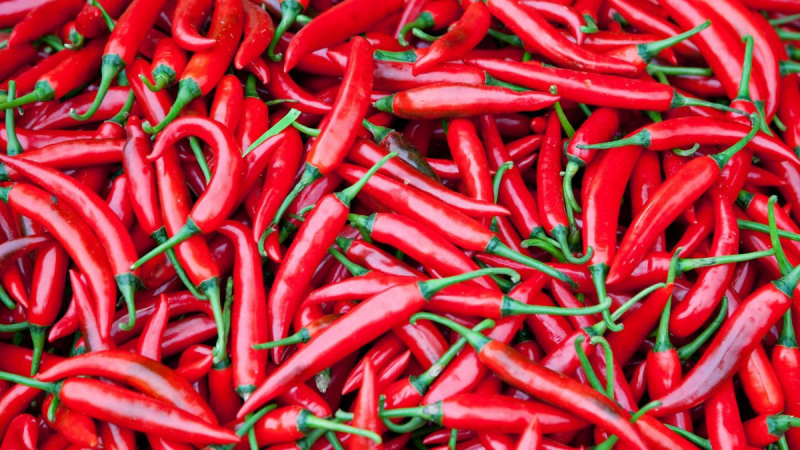
Image via Pinterest 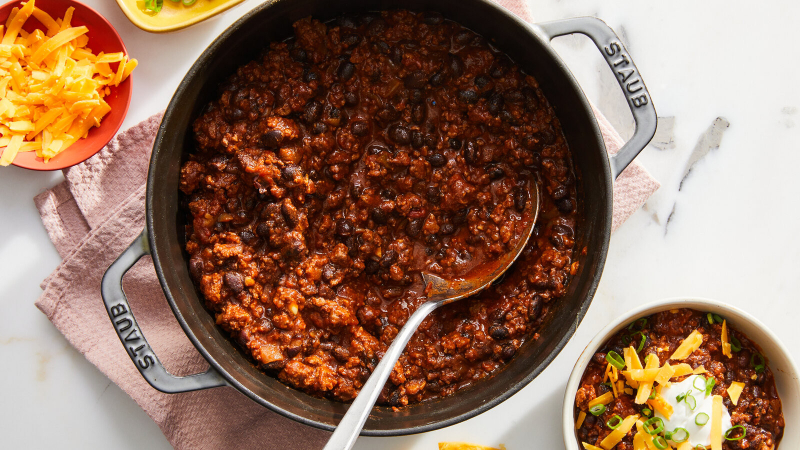
Image via Pinterest -
Although cloves originated in Indonesia, India has long promoted their production and trade. These aromatic gems have become a vital component of a plethora of Indian dishes, notably in the North and West. Cloves, whether whole or ground, have the ability to improve both sweet and savory recipes. Garam masala reigns supreme in Indian cuisine, utilising cloves to bestow exquisite essences on curries, biryanis, and a variety of other foods.
Cloves have a powerful, passionate, and delicately sweet flavor that adds depth and complexity to any culinary masterpiece. Aside from their culinary value, cloves' enticing and energizing smell elicits a sensory awakening, raising both appetite and senses. Cloves, on the other hand, are far more than just a gustatory and olfactory joy, they also provide a myriad of health benefits because of their abundant stocks of antioxidants, minerals, vitamins, and phytochemicals.
Cloves are a very versatile and important ingredient, capable of transforming any cuisine into a realm of delectable sustenance. The flavor, perfume, and advantages of cloves are yours to enjoy in the domain of Indian cuisine, whether whole or ground, fresh or desiccated.
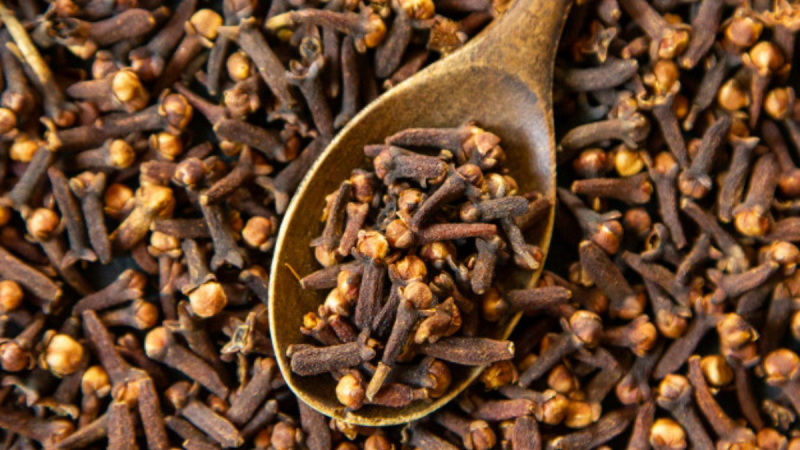
Image via Pinterest 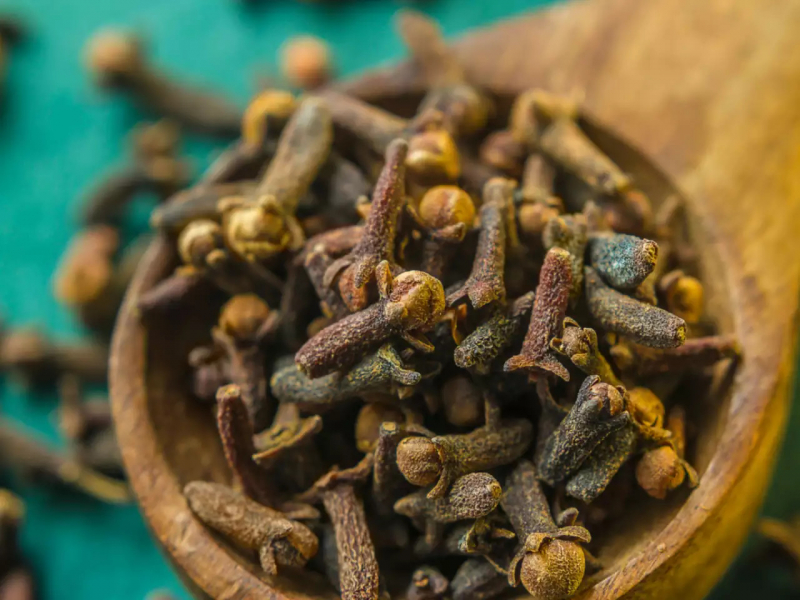
Image via Pinterest -
Coconut oil is a form of vegetable oil derived from coconut flesh. It has a mellow, sweet, and nutty flavor that goes well with many Indian meals, particularly those from the south and coast. Coconut oil is utilized in frying, sautéing, baking, and even salad dressing. It gives curries, stews, soups, and desserts a rich and creamy texture.
Coconut oil is both delicious and nutritious. It contains medium-chain triglycerides (MCTs), which are fatty acids that the body can easily digest and absorb. MCTs can improve your metabolism, energy, and cognitive function. They can also aid in weight loss, cholesterol reduction, and immune system enhancement. Coconut oil also possesses antibacterial, antifungal, and antiviral qualities that can keep you healthy and prevent infections.
Coconut oil is a versatile and tasty component in Indian cooking. It can improve the flavor and texture of any meal, savory or sweet. It can also give you a variety of health benefits that will boost your overall well-being.
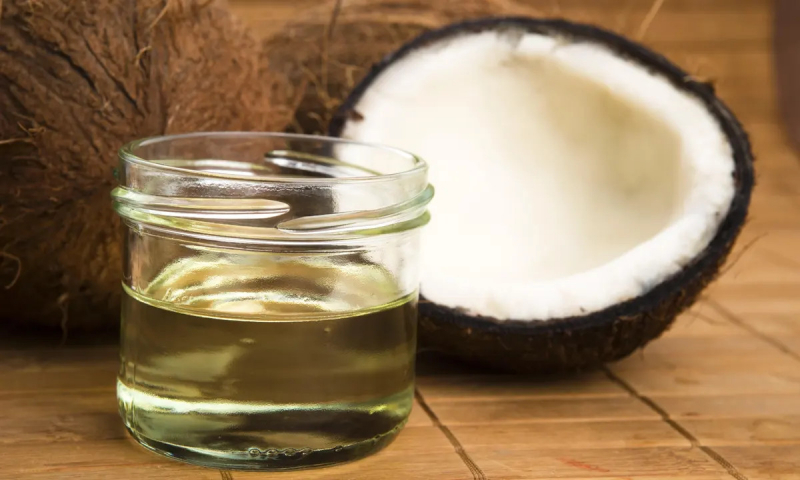
Image via Pinterest 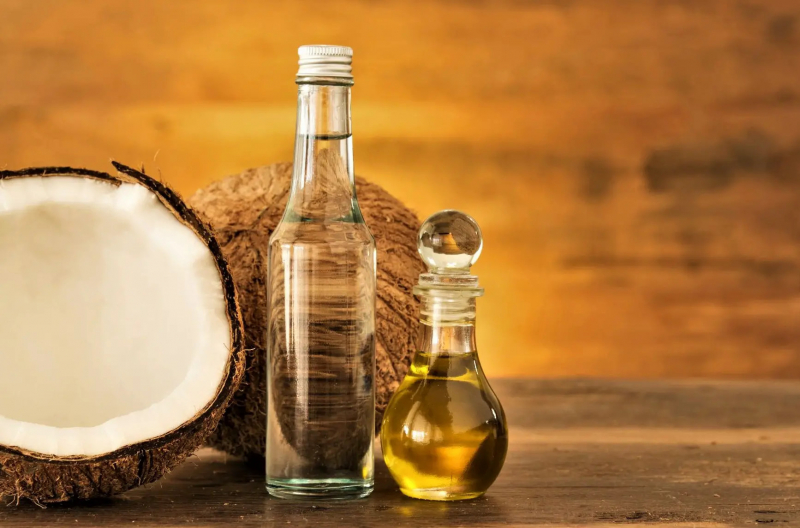
Image via Pinterest -
India is a huge and diverse country with many regional culinary variants. Fennel seeds are popular in northern India, particularly in Kashmiri, Punjabi, and Gujarati cuisine. Rogan Josh (a lamb dish), paneer tikka (grilled cheese cubes), and shrikhand (a yogurt dessert) are a few examples. Fennel seeds are less frequent in southern India, but they are nevertheless used in several recipes such as rasam (a spicy soup), sambar (a lentil stew), and payasam (a rice pudding).
Fennel seeds are only one of the most common ingredients in Indian cuisine. Other essential components include spices (such as cardamom, cinnamon, cloves, fenugreek, mustard seeds, nutmeg, saffron, etc.), vegetables (such as eggplant, okra, spinach, tomato, etc.), grains (such as rice, wheat, millet, etc.), legumes (such as chickpeas, lentils, beans, etc.), dairy products (such as yogurt, cheese, butter, etc.), and meats (such as chicken, lamb, goat, fish, etc.).
If you enjoy Indian cuisine or want to try something new and adventurous, fennel seeds are a terrific place to start. They will enhance the flavor and authenticity of your dishes by adding a touch of sweetness and warmth.
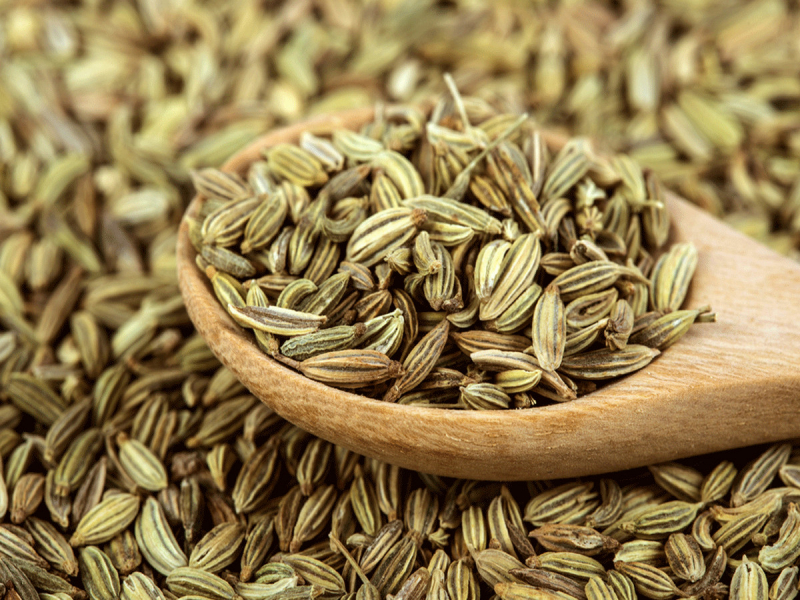
Image via Pinterest 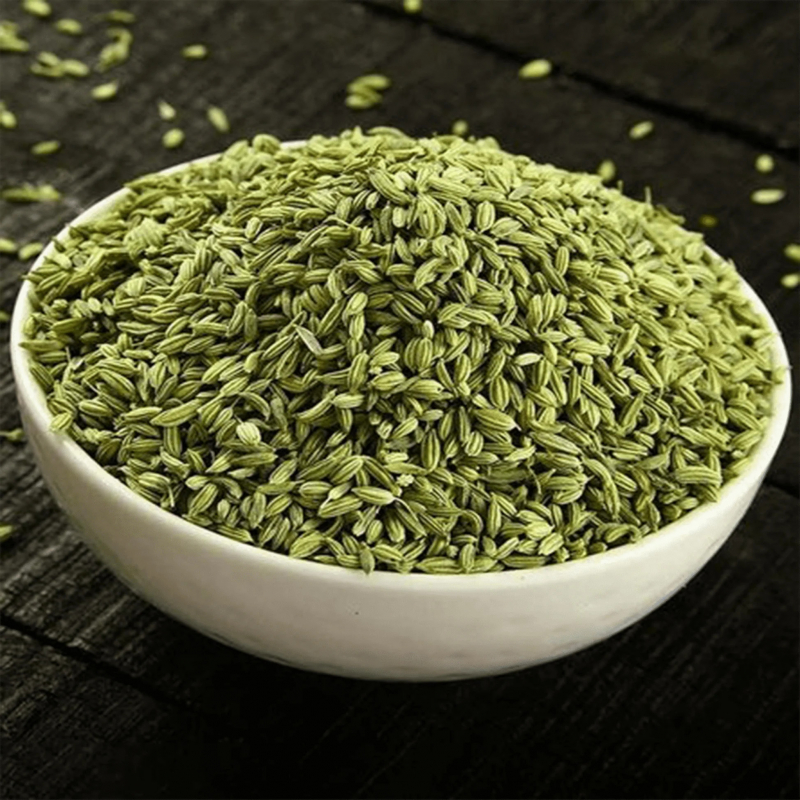
Image via Pinterest -
Fenugreek is one of the many ingredients that make Indian food a tapestry of variety and delectability. Depending on the locale, one may discover a plethora of spices, vegetables, cereals, or other ingredients that produce exceptional flavors and textures. Cumin, coriander, turmeric, cardamom, and garam masala are among the most common spices. Similarly, the most common vegetables include potatoes, tomatoes, onions, eggplants, and cauliflower. Rice, wheat, millet, and lentils are the most popular grains.
Fenugreek is not only tasty but also a healthful substance. It has been used for generations in traditional medicine, and scientific research has proven some of its benefits. Fenugreek may aid in the reduction of blood sugar, cholesterol, and inflammation, as well as the improvement of digestion and lactation. It also contains a lot of protein, fiber, iron, and antioxidants.
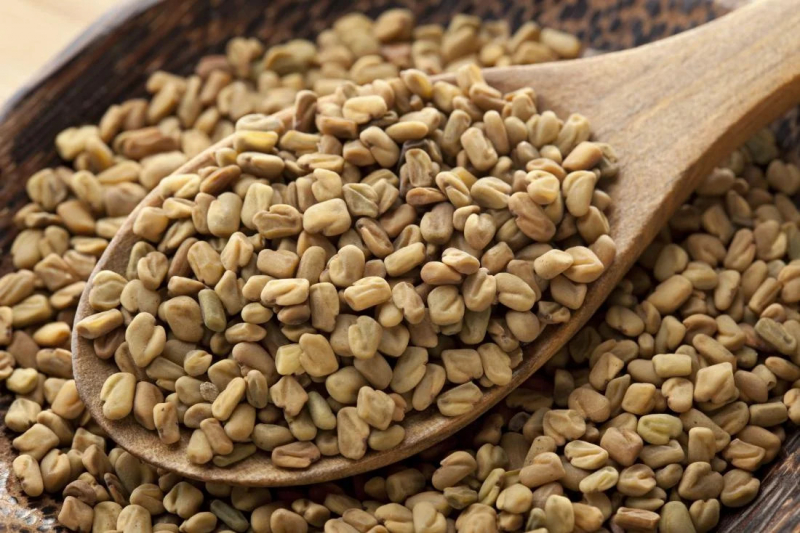
Image via Pinterest 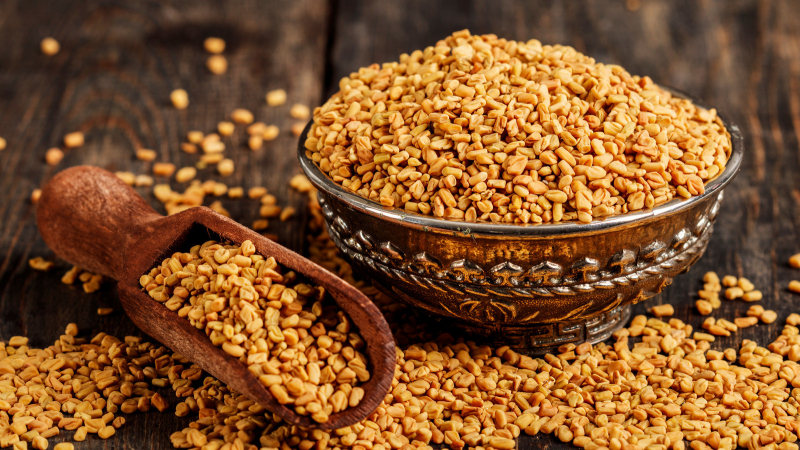
Image via Pinterest -
Naan is a tasty oven-baked flatbread that is famous throughout Asia, particularly in India. Flour, yeast, milk, butter or ghee, and occasionally eggs or yogurt are used to make it. Garlic, cheese, coconut, raisins, almonds, herbs, and spices can all be filled or seasoned into naan. Naan is typically eaten warm with melted butter or ghee, or with curries, soups, or sauces dipped in.
Some of the advantages of naan include its high protein, carbohydrate, and fiber content, which can offer energy and satiety. Naan contains calcium, iron, and B vitamins, all of which are necessary for bone health, blood production, and metabolism. However, naan can be heavy in calories, fat, and sodium if cooked with refined flour or too much butter or ghee. As a result, it is best to consume naan in moderation and go for whole wheat flour or other grains for a healthy option.
Naan is an excellent way to learn about the flavors, applications, and roles of the most prevalent components in Indian cuisine. Naan is also a terrific method to express yourself through numerous fillings and toppings that suit your taste and mood.
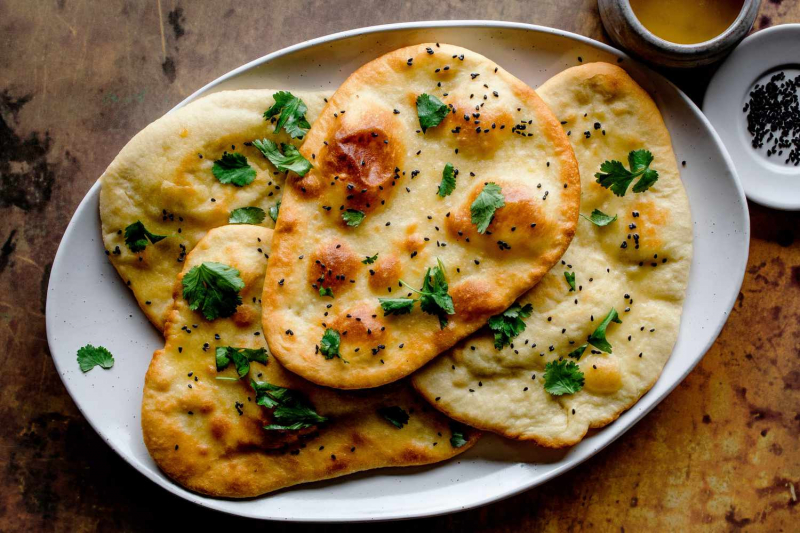
Image via Pinterest 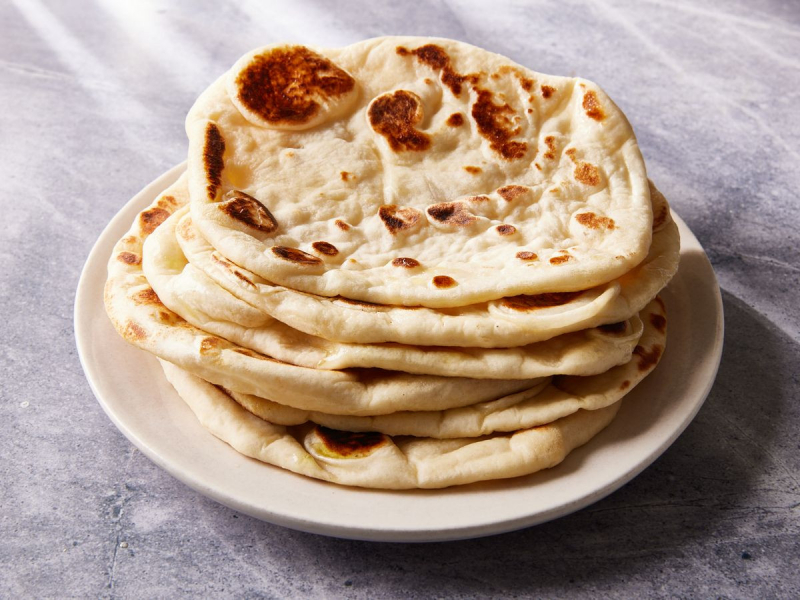
Image via Pinterest -
With its versatility and attractiveness, paneer, a delightful fresh cheese, pervades Indian cuisine. It has a mild, creamy flavor and a soft, crumbly texture that may be easily sliced into cubes or slices. Paneer thrives in the hands of creative chefs who fry, roast, grill, or boil it in a curry sauce. This delightful cheese is high in protein and calcium, making it an excellent choice for both vegetarians and vegans.
Paneer is popular in Indian cuisine due to its ease of preparation using only milk and lemon juice or vinegar. It can also be infused with aromatic herbs and exotic spices to appeal to a wide range of tastes. With its smooth texture and subtle flavor, paneer takes any Indian meal to new levels of enjoyment and sustenance.
Whether you want hot curries, crispy pakoras, or cheese parathas, paneer lends itself well to infusing your Indian cuisine with a touch of diversity and exhilaration. It easily blends with the basic ingredients of Indian cookery, such as spices, vegetables, grains, and dairy products.
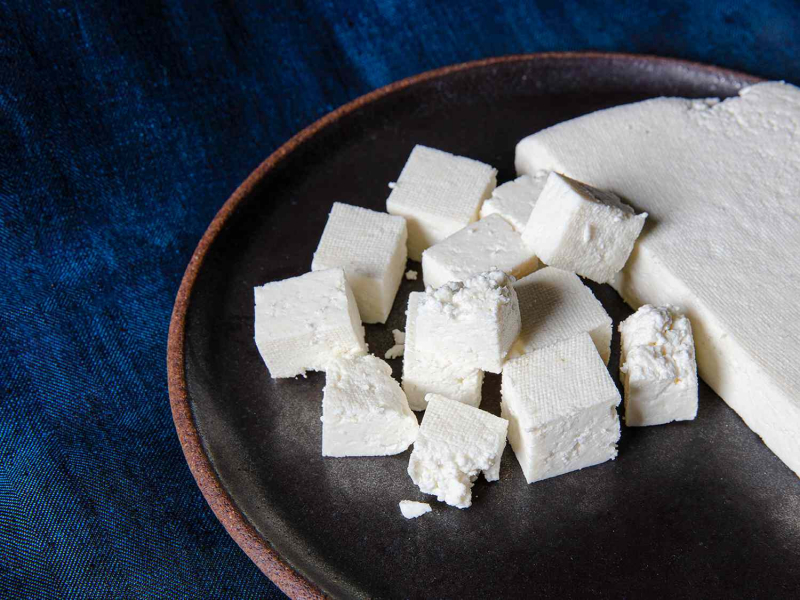
Image via Pinterest 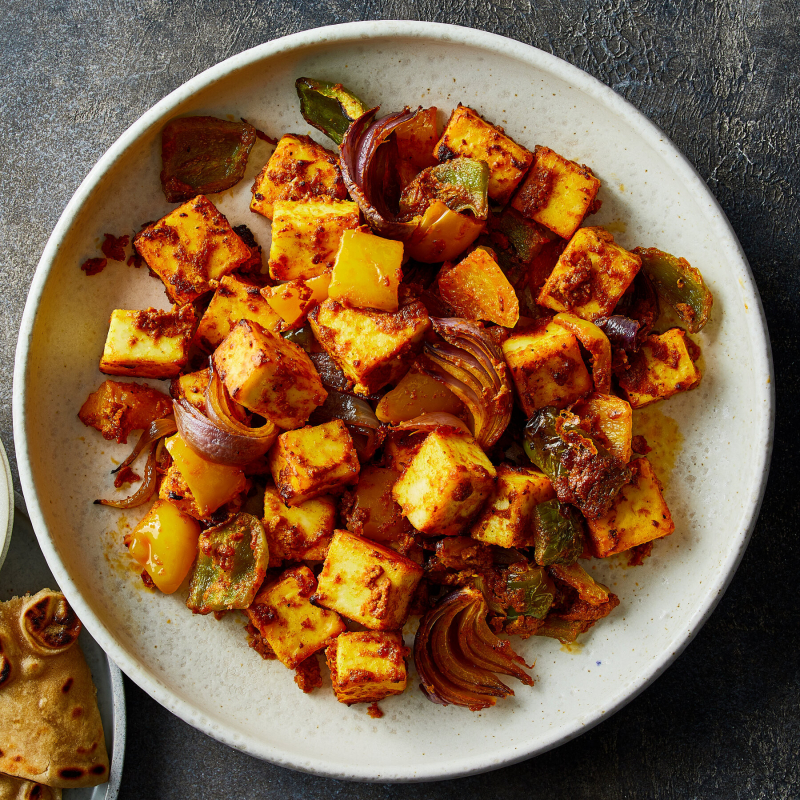
Image via Pinterest -
Star anise is a star-shaped spice with a licorice-like sweet and aromatic flavor. It is frequently added whole or ground to curries, biryanis, masalas, and other savory meals to give depth and complexity. Star anise also has certain distinct qualities and health benefits, making it an excellent addition to your pantry.
The characteristic flavor and perfume of star anise are due to the presence of a molecule known as anethole. Anethole can also be found in fennel, anise, and licorice, but star anise has the highest concentration. Anethole possesses anti-inflammatory, antioxidant, antifungal, and antibacterial effects that have been demonstrated to help prevent infections, increase immunity, and aid digestion. Star anise is also high in iron, calcium, magnesium, and vitamin C, all of which are necessary for good health.
Star anise is frequently combined with other spices like cinnamon, cloves, cardamom, and ginger to make a pleasant and fragrant spice blend that improves the flavor of meat, rice, vegetables, and tea. Star anise can also be added to desserts such as puddings, cakes, cookies, and ice cream to offer a delicate sweetness and unique flavor.
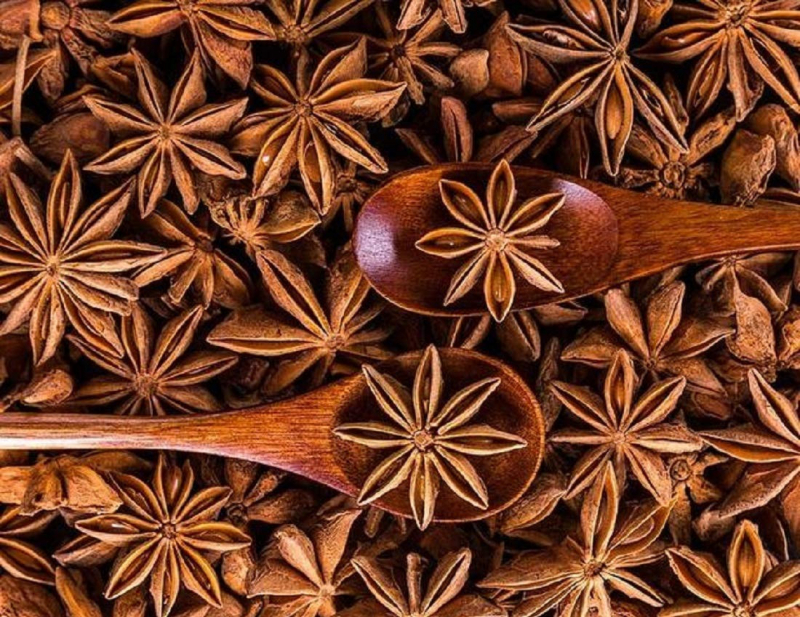
Image via Pinterest 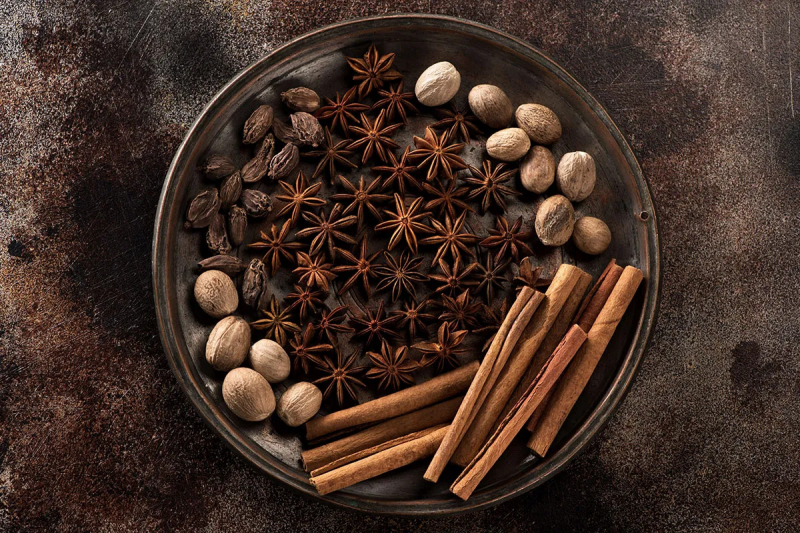
Image via Pinterest












